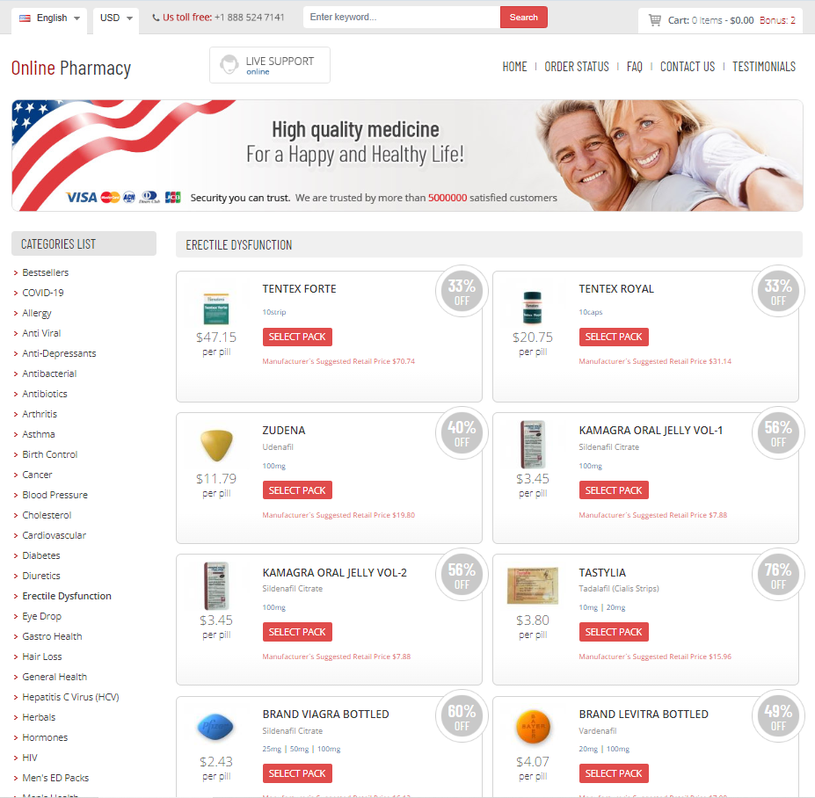Buy Amoxil Without Prescription. Visit Our Pharmacy ↓

Amoxil: A Trusted Ally in Combating Bacterial Infections – A Doctor’s Perspective
Introduction
As a physician with years of experience treating bacterial infections, I understand how frustrating and debilitating they can be. Whether it's a stubborn sinus infection, a painful urinary tract infection (UTI), or a lingering bronchitis, bacterial illnesses disrupt daily life, causing pain, fatigue, and lost productivity. For patients over 30, these infections can be especially concerning due to weakening immune systems and busy schedules that leave little room for illness.
This is where Amoxil (amoxicillin) comes in—a reliable, widely prescribed antibiotic that has stood the test of time. In this review, I will explain why Amoxil remains a first-choice treatment for many infections, how it outperforms other antibiotics, and what makes it so effective when used correctly. By the end, you’ll understand why doctors like myself continue to trust and recommend Amoxil.
Why Amoxil? The Key Benefits That Set It Apart
1. How Amoxil Fights Bacterial Infections
Amoxil belongs to the penicillin class of antibiotics, specifically the aminopenicillins. It works by interfering with bacterial cell wall synthesis, leading to the rupture and death of harmful bacteria.
- Fast-Acting Relief: Unlike some antibiotics that take days to show effects, Amoxil begins working quickly, often alleviating symptoms within 24–48 hours.
- Highly Bioavailable: It’s well absorbed in the gut, meaning more of the drug reaches your bloodstream to fight infection effectively.
- Gentler on the Stomach: Compared to other antibiotics, Amoxil is less likely to cause severe gastrointestinal upset, making it a preferred choice for many patients.
2. Spectrum of Activity: Amoxil Versus Other Antibiotics
Amoxil’s broad-spectrum activity means it can treat a wide range of infections caused by both Gram-positive and some Gram-negative bacteria.
| Infection Type | Amoxil’s Effectiveness | Other Antibiotics (Comparison) |
|-------------------------|---------------------------|-----------------------------------|
| Strep Throat | Highly effective | Macrolides (e.g., Azithromycin) may be needed for penicillin-allergic patients |
| Ear & Sinus Infections | First-line treatment | Some alternatives (e.g., Cephalexin) may have more side effects |
| UTIs (Uncomplicated) | Often prescribed with clavulanate for better coverage | Fluoroquinolones (e.g., Ciprofloxacin) may be overused |
| Skin Infections | Effective for mild cases | Broader-spectrum drugs (e.g., Clindamycin) may carry higher resistance risks |
For many common infections, Amoxil is just as effective—if not better—than newer, more expensive antibiotics, reducing the risk of unnecessary side effects and antibiotic resistance.
Ensuring the Effective Use of Amoxil
3. Dosage and Administration: Getting the Best Results
Proper dosing is crucial for Amoxil to work effectively while minimizing resistance.
- Adults (Standard Dosage):
- Mild to Moderate Infections: 250–500 mg every 8 hours
- Severe Infections: 875 mg every 12 hours (or as prescribed)
- Duration: Typically 7–10 days, even if symptoms improve earlier.
- Taking with Food? Preferably on an empty stomach (1 hour before or 2 hours after meals) for best absorption, but can be taken with food if stomach upset occurs.
⚠️ Important: Skipping doses or stopping early can lead to treatment failure and bacterial resistance.
4. Resistance and the Responsible Use of Amoxil
One of the biggest challenges in modern medicine is antibiotic resistance, where bacteria evolve to survive treatment.
- Why Resistance Happens:
- Overuse of antibiotics (e.g., taking them for viral infections like colds)
- Not completing the full course of treatment
- How Amoxil Stays Effective:
- Combined with clavulanate (Augmentin): Enhances effectiveness against resistant bacteria.
- Used only for proven bacterial infections (not for viral illnesses).
By using Amoxil responsibly, we preserve its effectiveness for future generations.
Why Doctors (and Patients) Trust Amoxil
5. Safe for Most Adults (Including Those with Chronic Conditions)
Unlike some antibiotics that interact badly with heart or diabetes medications, Amoxil has:
- Few major drug interactions
- Proven safety in patients with high blood pressure, diabetes, and mild kidney issues (dosage adjustments may be needed in severe cases)
6. Affordable and Accessible
Many newer antibiotics come with a high price tag, but Amoxil remains one of the most cost-effective treatments, available both as a brand name and in generic forms.
Conclusion: Why You Should Consider Amoxil for Your Next Infection
If you're suffering from a bacterial infection—whether it's a sinus infection, strep throat, or UTI—Amoxil offers:
✅ Fast, reliable relief
✅ Broad-spectrum effectiveness
✅ Lower risk of side effects compared to stronger antibiotics
✅ Affordability and accessibility
Next steps: If you suspect a bacterial infection, consult your doctor to see if Amoxil is right for you. When used correctly, it remains one of the safest and most effective tools in fighting infections—helping you get back to your healthy, active life faster.
Don’t let bacterial infections slow you down—trust Amoxil for proven results. 🚀